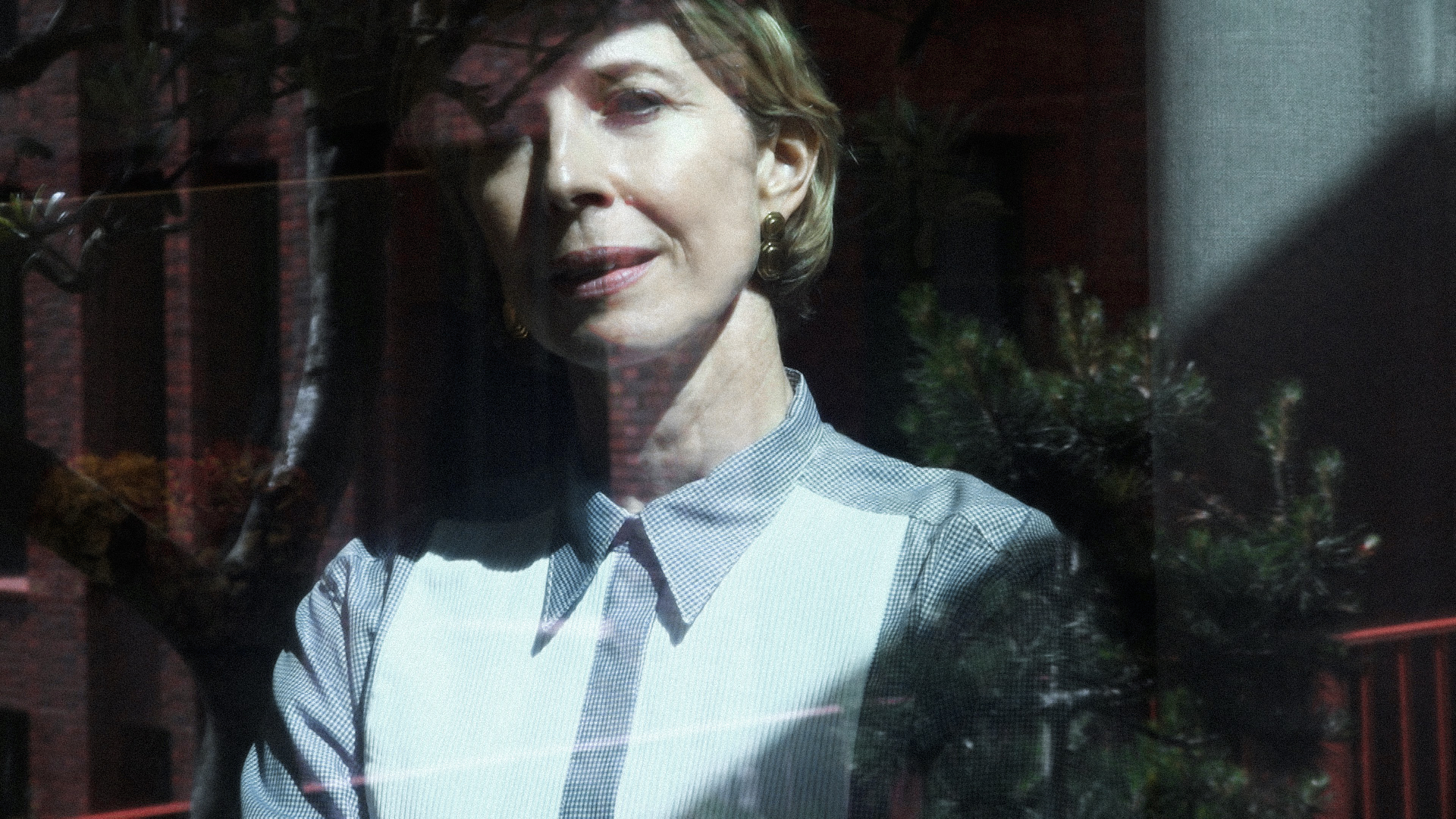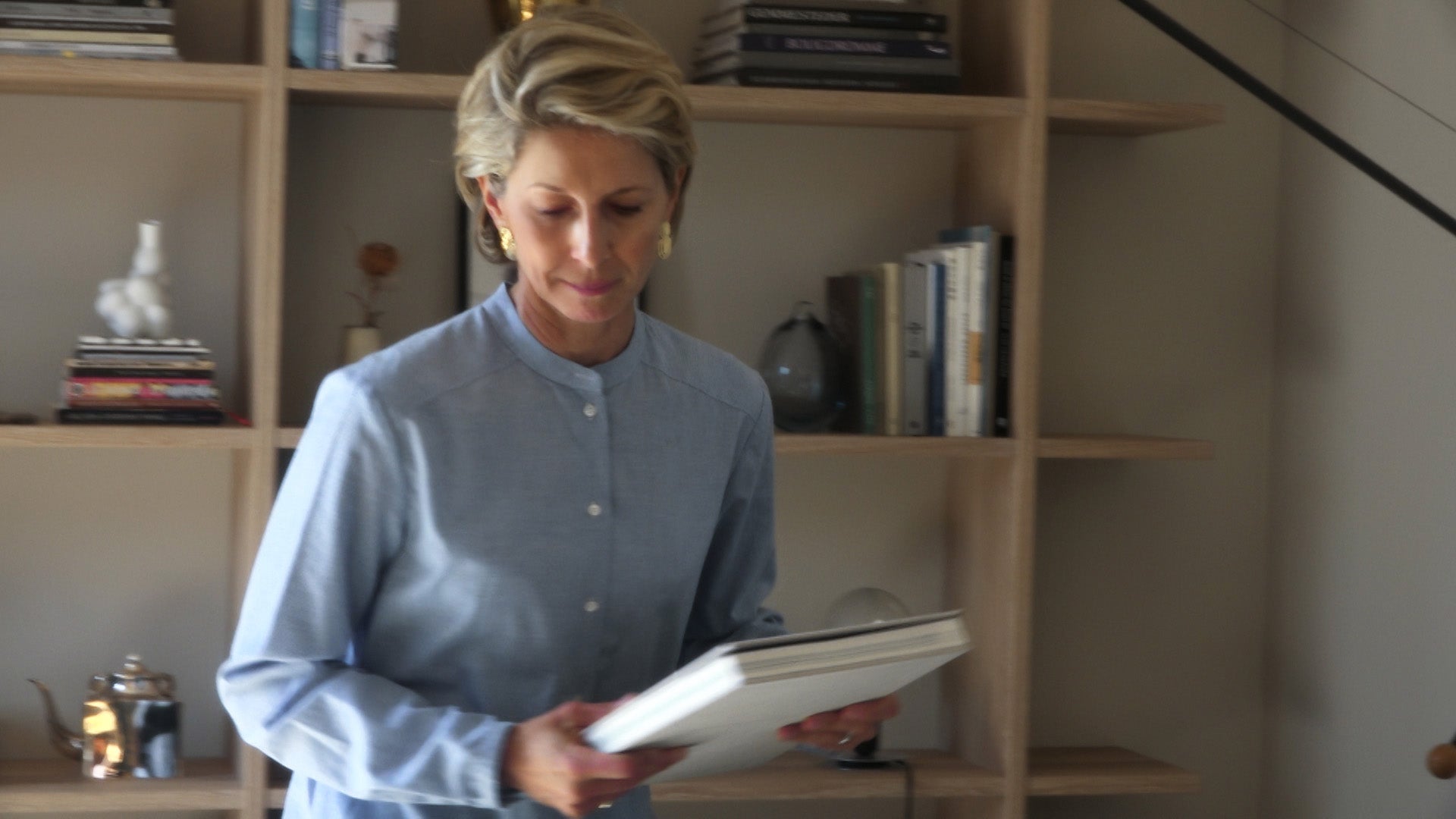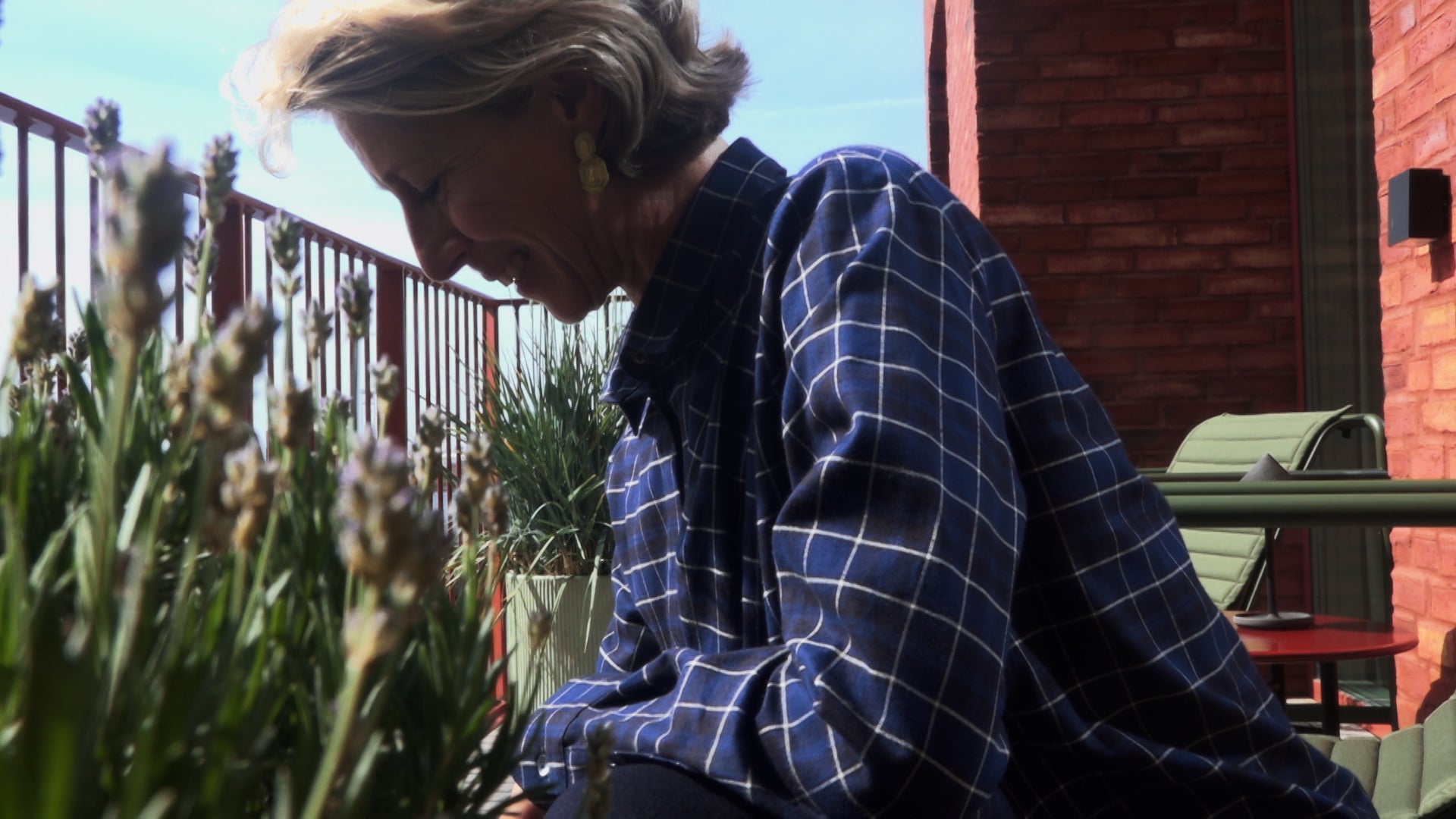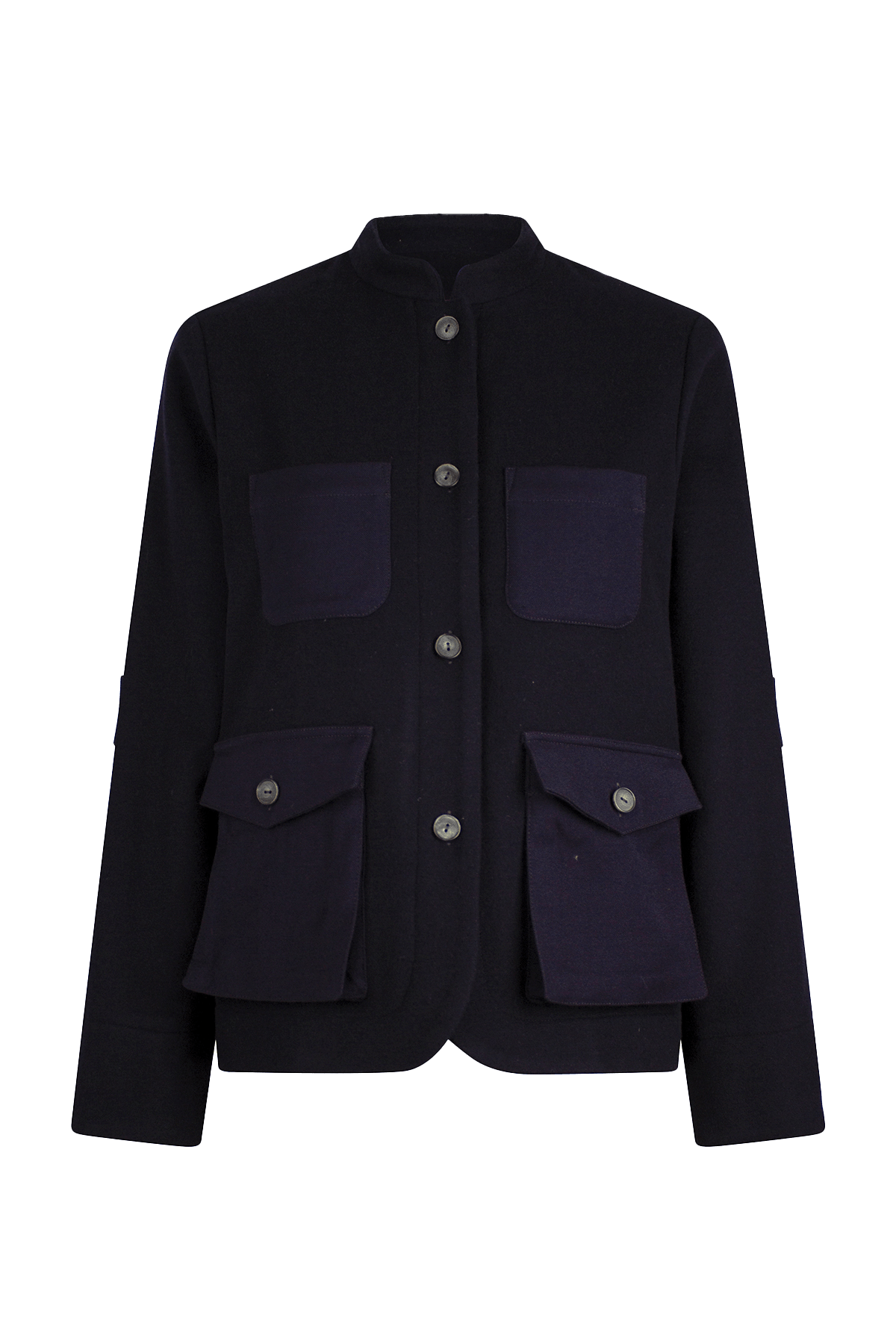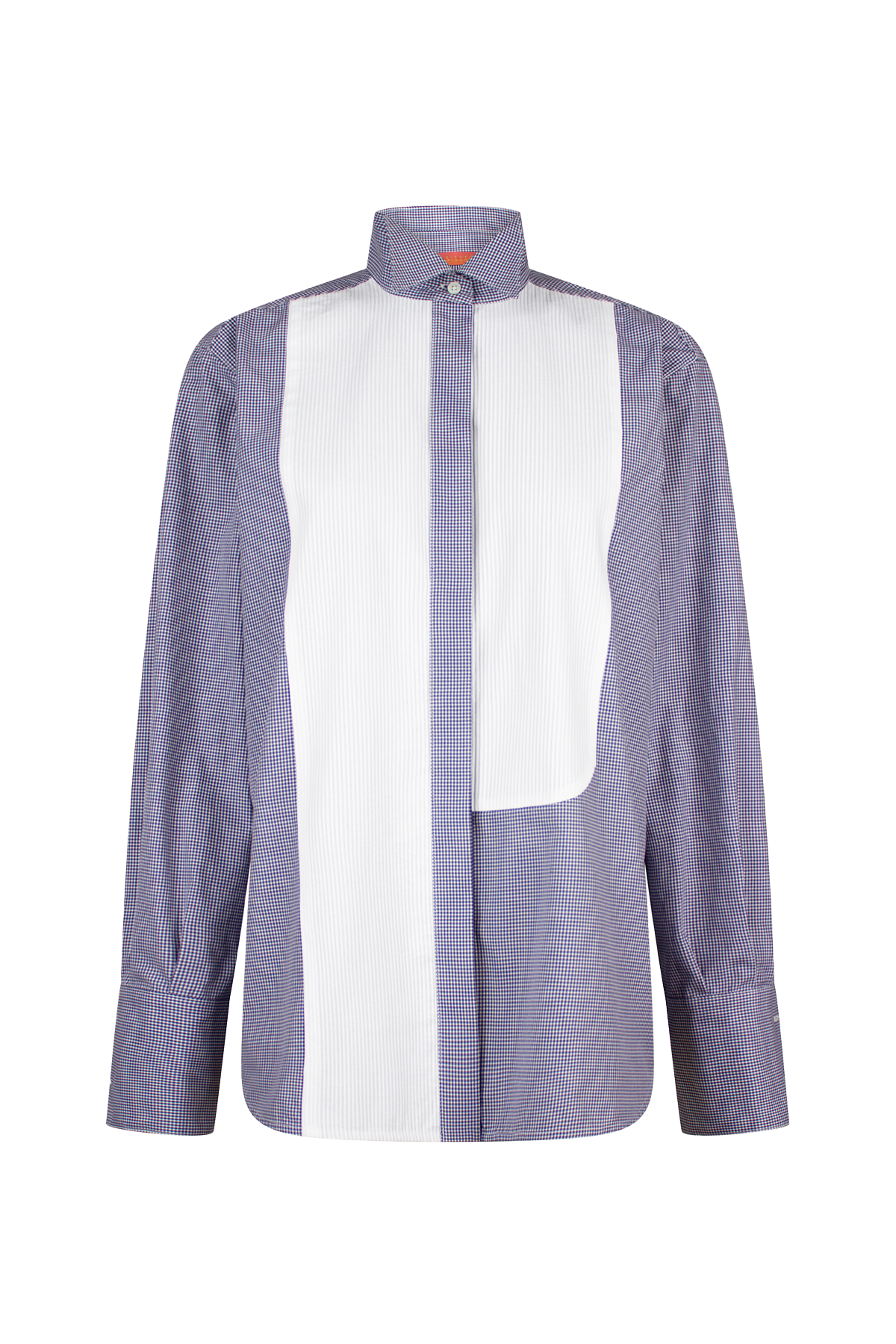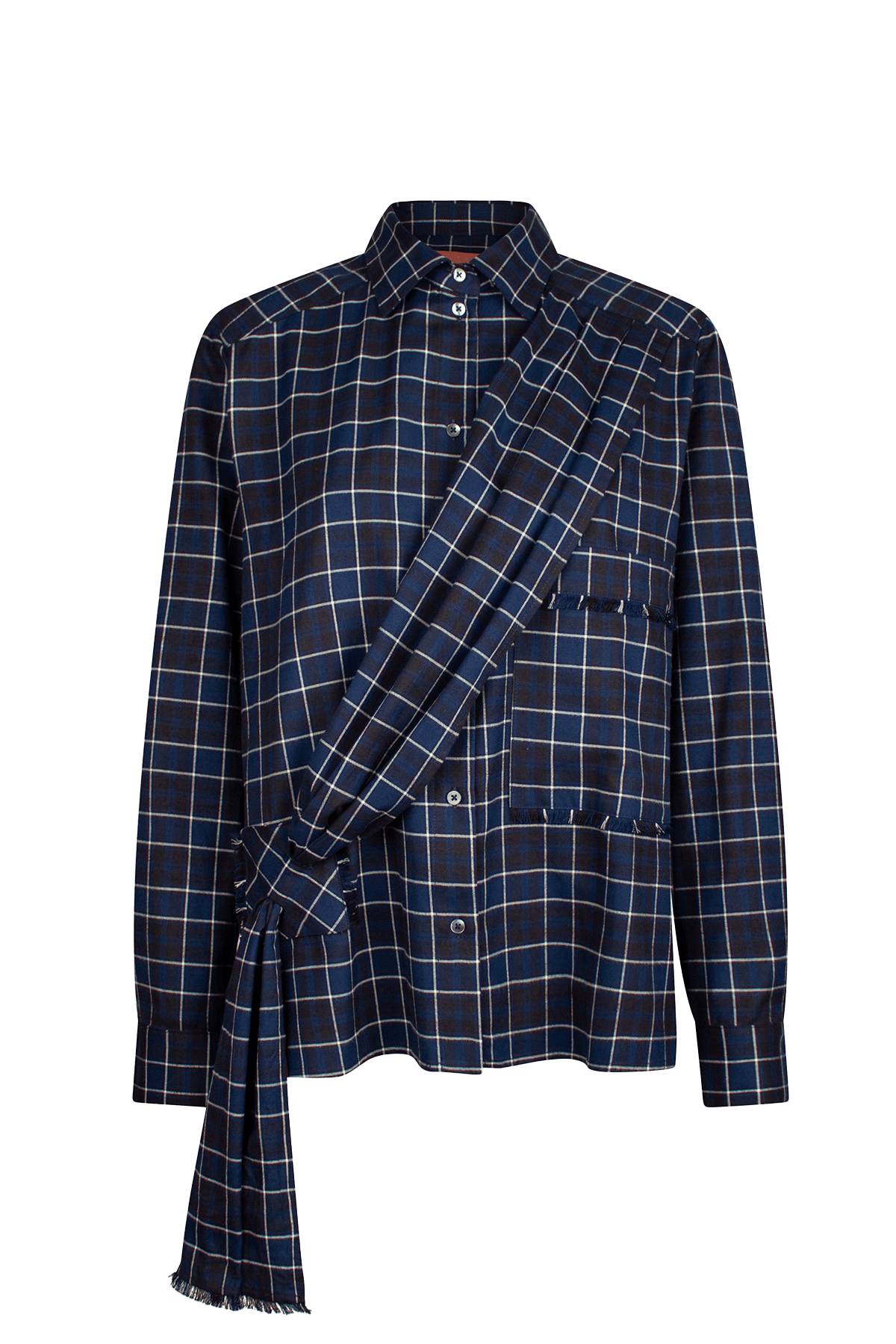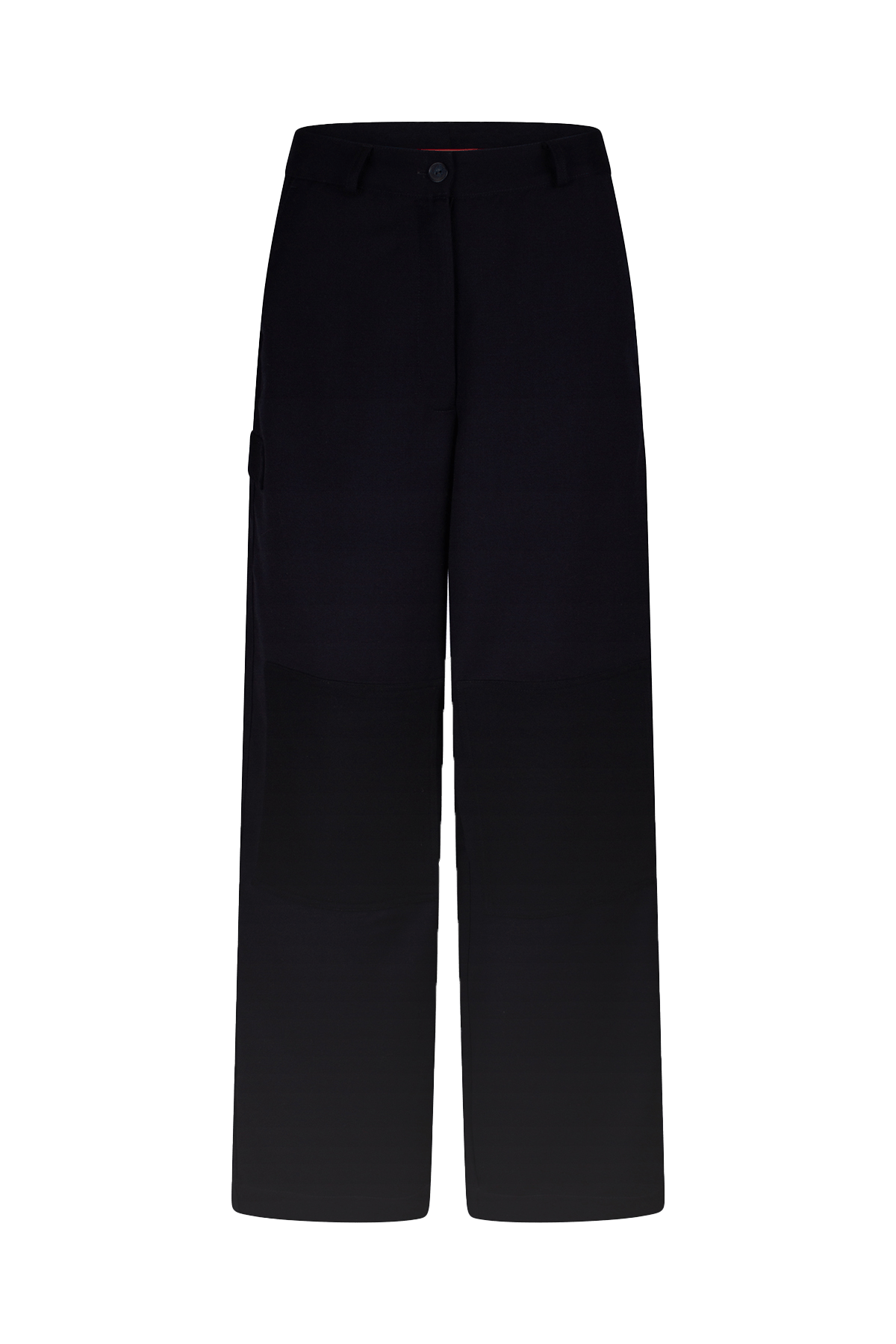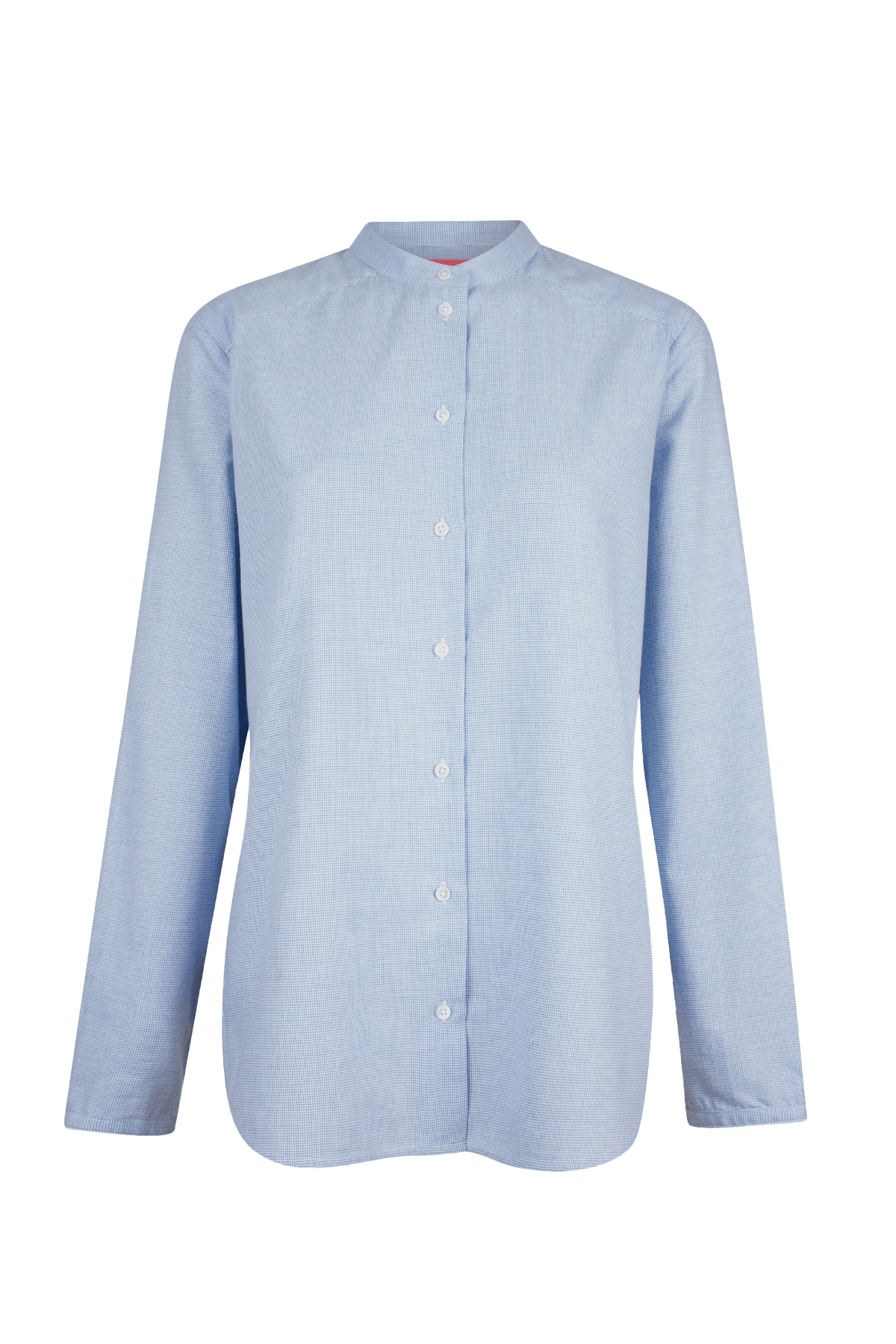Anne-Marie Buemann
In her serene Nordhavn home — polished, considered, yet warmly inviting — we met Anne-Marie Buemann, co-founder and Managing Partner of the acclaimed OEO Studio.
The space, like her work, speaks to a precise balance: minimalism enriched by texture, craftsmanship, and a deep sense of purpose. Since founding OEO Studio in 2003 with her creative partner, Anne-Marie has shaped a body of work that fuses Scandinavian clarity with Japanese sensibility, spanning interiors, products, and brand strategy. With the recent release of Compelling Minimalism, her first book, she reflects on over two decades of design that connects with people on an emotional level — a philosophy evident not only in her projects, but in the way she dresses, lives, and curates her surroundings.

In her sunlit Copenhagen apartment, she shared her insights into creative partnerships, the discipline of material choice, and the enduring value of designing with intention.
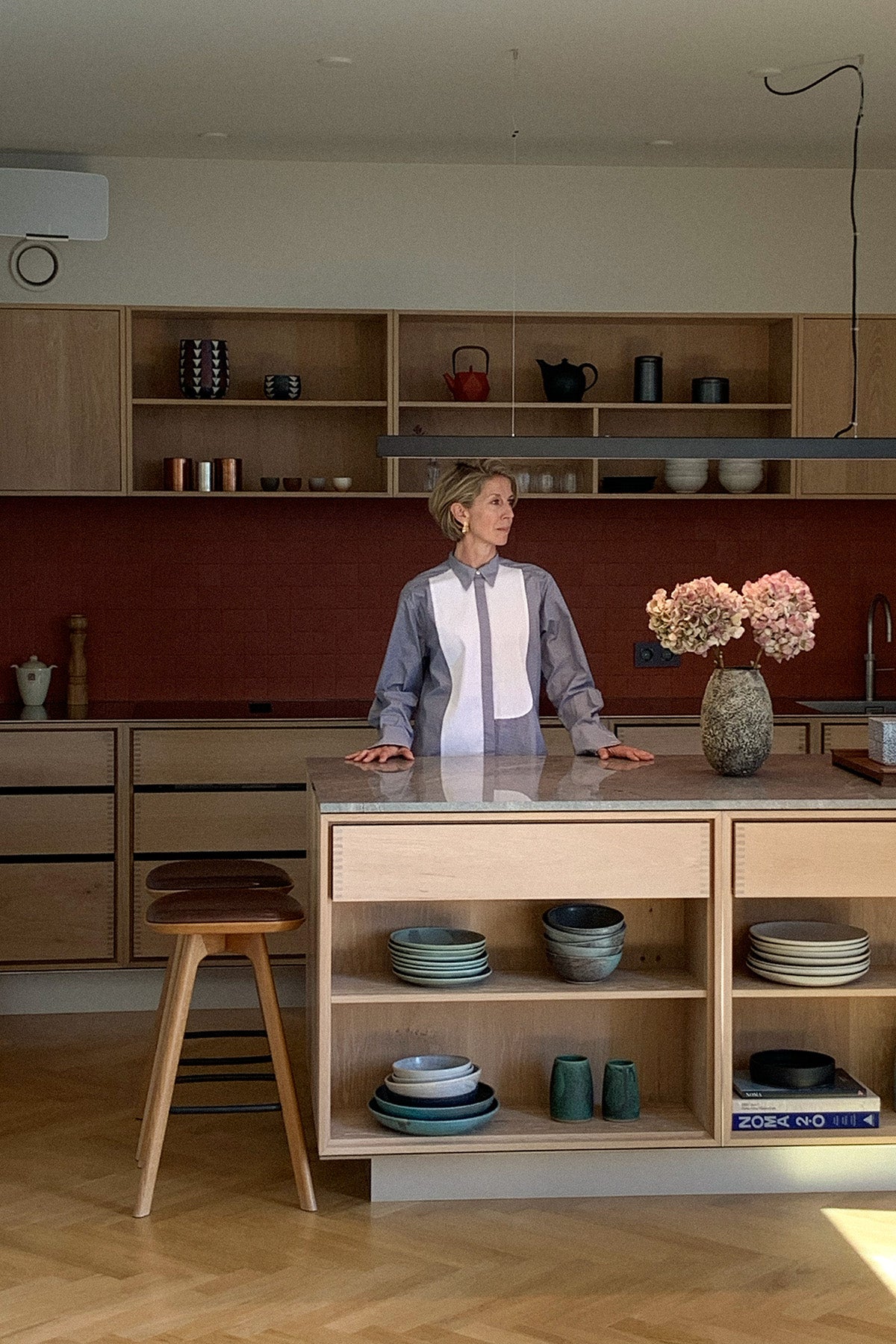
What was the spark that led you to co-found OEO Studio, and how did your background in international marketing inform those earlydecisions?
Since OEO Studio was founded back in 2003, it has always been our intention to add a new perspective to culture, creativity, and craft.
My business partner Thomas is an educated designer with a background at Wallpaper* Magazine, and with my background in international marketing, storytelling has always been vital to our visual language - synthesising concepts into a rich narrative.
You’ve called your collaboration with Thomas “yin and yang”. How do you navigate creative tension, and what practices help you turn it into productive energy?
As business partners, Thomas and I appreciate and respect each other’s strengths, and we bring this trust to our collaboration—deciding what to do and determining the best way to do it, always listening with an open mind and allowing each other the space to take a project to a higher level. We have been business partners and have travelled the world together for more than 20 years. I am aware that it is rare and very special to find a business partner with whom you work so intuitively and share the same values.
As a material-centric label ourselves, we’re fascinated by how deeply material choices shape a design’s story and function. How do your choices —stone, wood, metal— shape a project’s narrative and how do you keep your material explorations fresh?
We always strive to work with the best materials and the finest craftsmanship and engineering, so that the composition of a product or a space is elevated by the transitions we can achieve through layering, juxtaposing and playing with materiality, textures, and scale. At the studio, we surround ourselves with objects and materials from our travels and encounters. These elements become visual and tactile memories that we also use as inspiration in our projects. It could be the silhouette of an object, the perception or a brick, or the intricate geometry of a packaging.
How have Copenhagen and Tokyo each shaped your sense of scale, detail and atmosphere? Can you share a lesson you brought from one city into the other?
My first trip to Japan was in 2008, and as a studio, we have worked there since 2011, so I feel lucky to say that I feel very much at home in Japan and have many friends and collaborators there. I guess that our aesthetic comes from a fusion of cultures and a shared appreciation for similar facets. We are often inspired by something very subtle that we stumble upon during our travels, and this can later become a small detail in our work. I think it is about having an open mind and being curious. Working across cultures is about a meeting of minds and a cultural exchange - showing respect and taking the time to listen and learn. From that point, contrasting views can be key to innovation and bringing new perspectives.
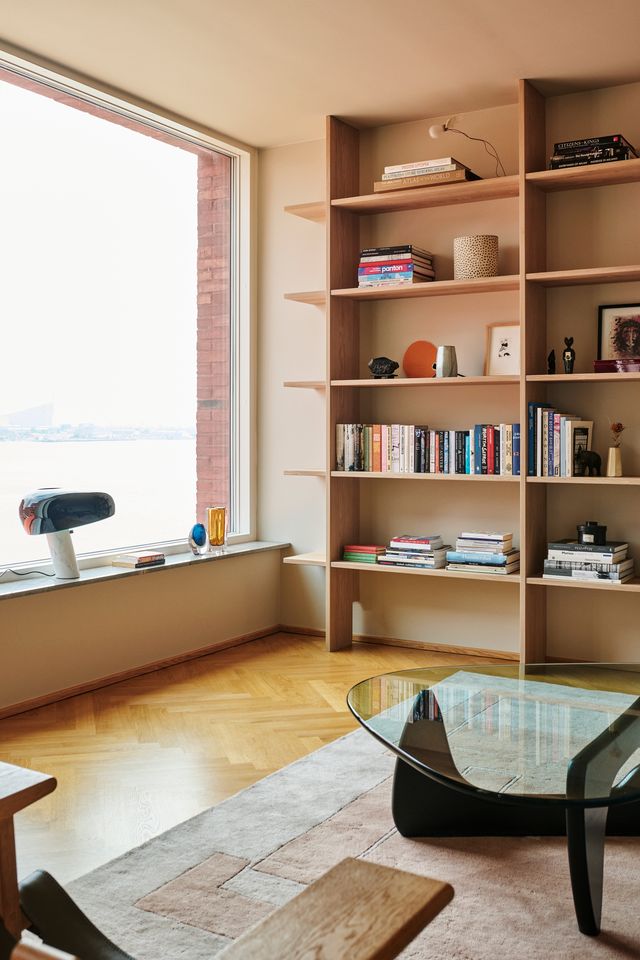
Congratulations on your new book, Compelling Minimalism, which so eloquently captures your studio’s philosophy. How do you translate that balance of restraint and impact into each of your projects?
We are driven by a strong intention to create designs that connects with people in a profound, warm, and inspired way. To us, design is more than what you see - it is what you experience and feel on an emotional level. Compelling Minimalism is not about removing detail or richness; it is about finding the balance of “enough is enough” and deciding what cannot be left out – only including details that serve a purpose.
Your work’s emphasis on materiality and minimalism is so distinctive — has that informed your own personal style?
I appreciate good quality, layered silhouettes and considered, subtle design details. My professional life also involves quite a lot of travelling, so I need to think about comfort and versatility as well.
Your interiors and objects are built to last. What criteria do you use to ensure a piece remains relevant —and loved— over decades?
We design for people, and we believe in the value of honest and democratic interactions that invite others to see, touch, smell, sense, and be present and attentive in the moment. If we succeed in this, I think and hope that our designs will remain loved and relevant.
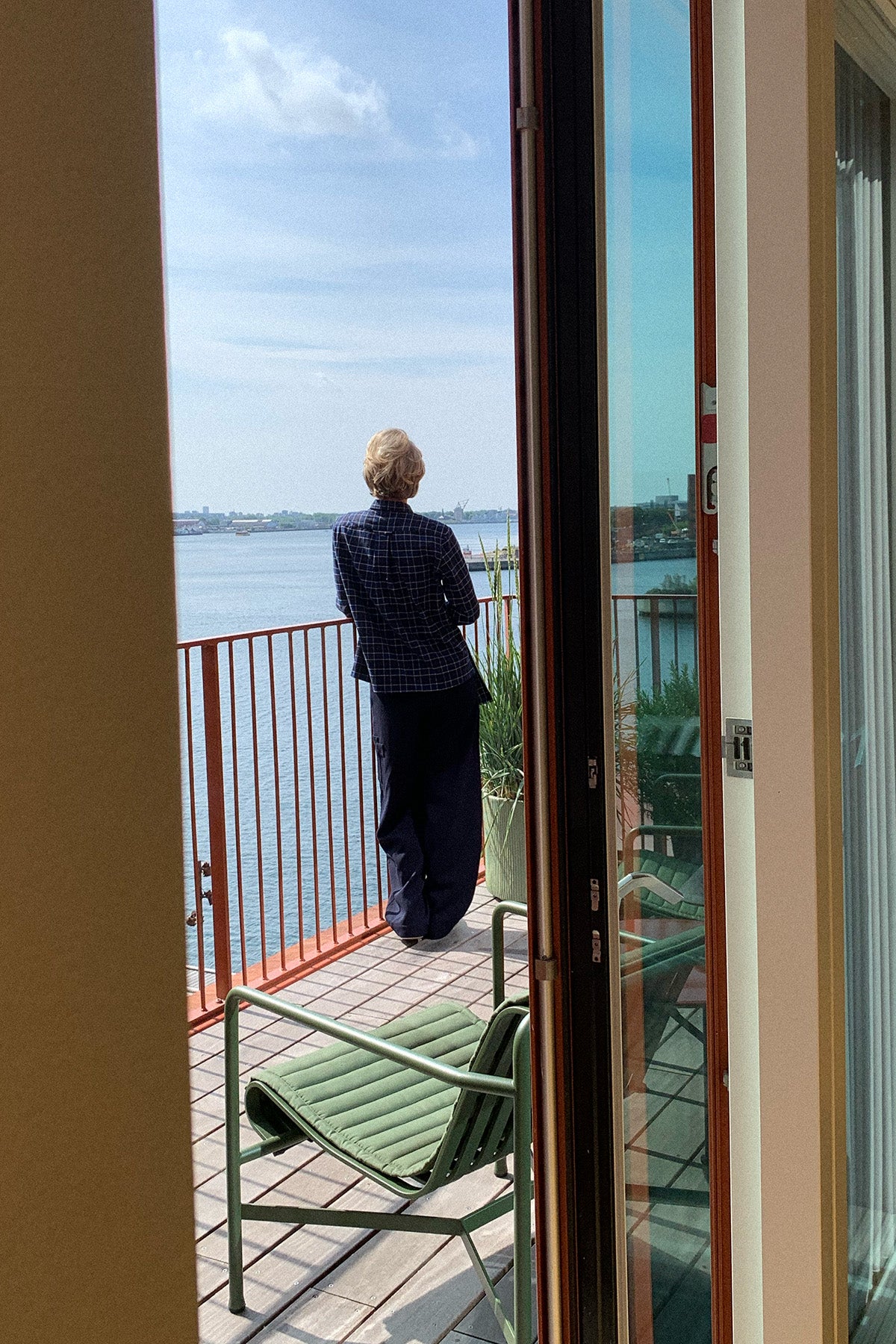
What’s the most demanding brief you’ve taken on, and what insight did it give you —one you still rely on today?
Back in 2011, we met Masataka Hosoo in Kyoto, the 12th generation of Hosoo, a master crafts company established in 1688. Hosoo specialises in Nishijin textiles, known for their use in kimonos, and is one of the world's most sophisticated and premium textile makers. However, like many other traditional crafts, the market for Nishijin textiles has been declining year by year due to changing times and traditions.
We began working closely with Masataka to establish a division of Hosoo focused on new developments, high-end interiors, and high-end fashion for the global market. It has been an amazing journey, and we are incredibly proud to witness how far the Hosoo brand has evolved. We felt a great responsibility when we started working together with Masataka. Many of the visions that began as wild dreams have now become a reality. The collaboration serves as a great example of how to create relevance without diluting one's history and tradition - building upon it and making it meaningful to various areas and markets through passion, vision, bravery, and curiosity.
If you were to apply OEO’s principle of “less but better” to designing a single garment, what detail would you insist on preserving — and why?
The silhouette, as a concept, is an element that has always fascinated me. It can be very classical, or it can be the detail that gives an interesting twist.
What guidance would you offer to women stepping into leadership roles in any design field?
Always trust your instincts and follow your heart. I also think it is important to work only with people you like. Authentic relationships and the people we work with every day are essential to our existence. The way we interact with and care for each other is important.
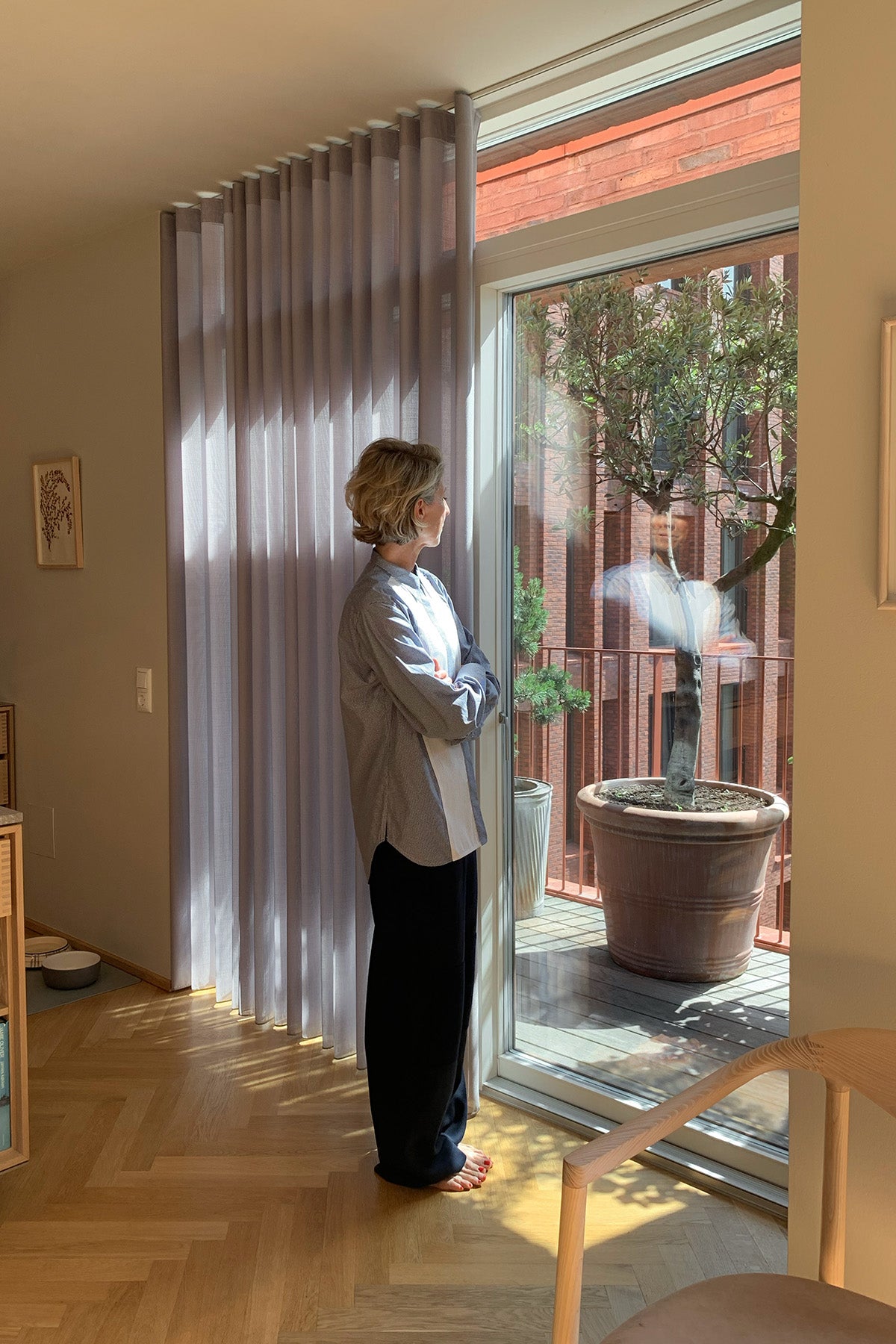
Outside of your formal training, who —whether a designer, artist or thinker— has shaped the way you see form and function?
I am generally fascinated by how Japan’s rich cultural tapestry is interwoven with a deep reverence for nature, and how that is embedded in every aspect of life. There is a quietness, a sensibility, a thoughtfulness, and a spiritual richness that inspires me.
As boundaries blur between interiors, products and experiences, where do you see the next frontier for cross-disciplinary design?
No matter the discipline, I think it is important to always take a considered approach, examining each project with strong intention and a sense of purpose.
A heartfelt thank you to Anne-Marie Buemann for sharing her time, space and wonderful energy with us.
You can see more of Anne-Marie and OEO Studio's work and purchase their new book Compelling Minimalism here.
Photos and video by Emma Roos for Britt Sisseck


